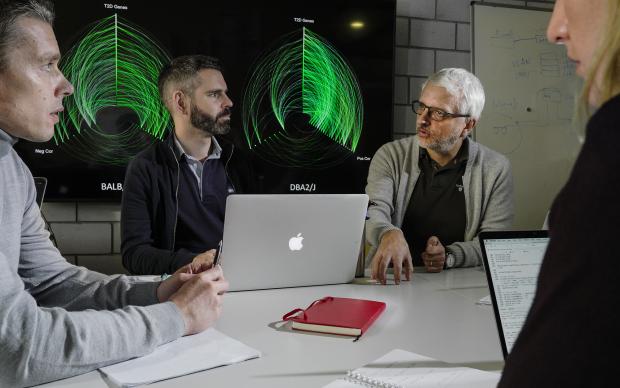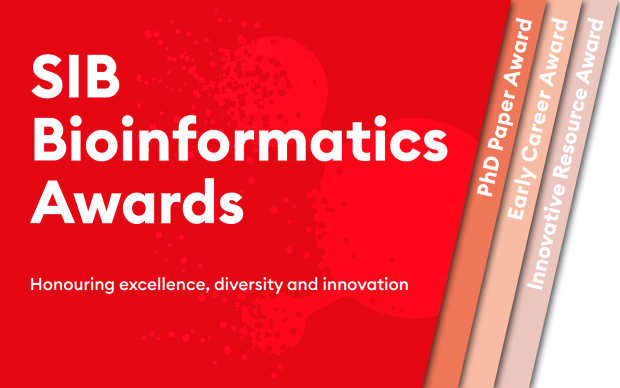Inanc Birol – Laureate of the 2015 SIB Bioinformatics Resource Innovation Award
Inanc Birol is a Distinguished Scientist at the British Columbia Cancer Agency at the Michael Smith Genome Sciences Centre (GSC) and Professor of Medical Genetics at the University of British Columbia in Canada. Together with his group, Inanc received the SIB Bioinformatics Resource Innovation Award for the resource “ABySS, Assembly By Short Sequences - a de novo, parallel, paired-end sequence assembler”.
In his lab, Inanc studies the genomes and transcriptomes of different model species and human and develops bioinformatics tools for de novo sequence assembly and mapping, data analysis and visualization. To learn more about the different research projects, visit the group’s webpage and follow @InancBirol on Twitter.
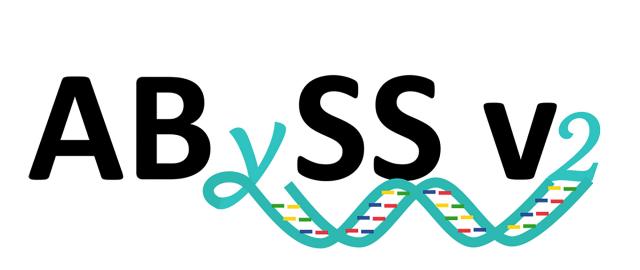
About the SIB Bioinformatics Awards and our interview series “Meet the past SIB Awards Laureates”
Started in 2008 as an initiative to distinguish young bioinformaticians in Switzerland, the SIB Bioinformatics Awards have gone a long way since: from a single national award to three different prizes today, honouring 1) international early career bioinformaticians (SIB Early Career Bioinformatician Award), 2) excellency within the Swiss PhD community (SIB Best Swiss Bioinformatics Graduate Paper Award) and 3) innovative bioinformatics resources (SIB Bioinformatics Resource Innovation Award). Throughout the years, 21 awards have been presented, with nine laureates recognized for their outstanding early career, ten Graduate students for their excellent publication and two bioinformatics resources for their innovative aspect.
In 2019, the SIB Bioinformatics Awards will be presented for the 10th time, providing a great occasion to reach out to past laureates and ask them where they are now in their career: this interview is part of a series inviting you to meet past SIB Bioinformatics Awards laureates.
At which point of your career were you when you received the SIB Award? How did it feel? What was the key interest of your research at this time point?
The award came while I was setting up my first independent lab. So, it was very timely. Previously, I was the Bioinformatics Team Leader at the GSC. My research interest at the time was mostly focused on de novo genome and transcriptome assembly.
How has the resource developed since then? Do you have an example of a study in which your resource was used?
The resource - the ABySS de novo assembly software - is still being maintained in my lab with partial funding from the US National Institutes of Health. We published the second version of the tool in 2017 (Jackman et al., 2017), and I presented the updates on the tool at [BC]2 in 2017. There are numerous studies that used ABySS in 2018, and it was cited 251 times over the calendar year (Source: Web of Science). Since its launch in 2010, the number of papers citing the tool has exceeded 1,500. Species, whose genomes we assembled recently using the tool include the grizzly bear (Taylor et al., 2018), the beluga whale (Jones et al., 2017), the northern sea otter (Jones et al., 2017), and the North American bullfrog (Hammond et al., 2017) genomes.
What are your current research interests?
Bioinformatics, de novo sequence assembly, genome and transcriptome analysis, antimicrobial resistance
In your personal opinion, what is the single most fascinating discovery made possible by bioinformatics?
Genomics is a big data science. The entire field is enabled by bioinformatics. In my lab, the most exciting finding is the discovery of certain novel antimicrobial peptides using sequence analysis tools. It is fascinating, because it shows how bioinformatics transforms biology into a predictive science.
What do you like to do in your free time?
Take long nature walks.
Any words for the future generation of bioinformaticians?
This is a young and growing field, with much yet to do. Without your help, those As, Cs, Gs, and Ts will be just letters following one another. The first generation of bioinformaticians were trying to sort their order, and figure out how they align. As a member of the next generation, you have the exciting task of bestowing meaning to those letters. (And, don't let them tell you the name "next generation" is taken!)
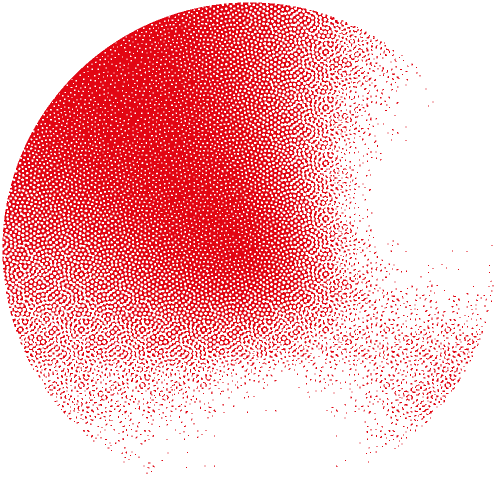
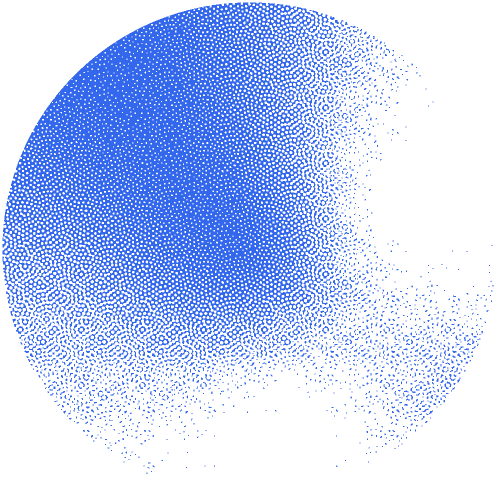
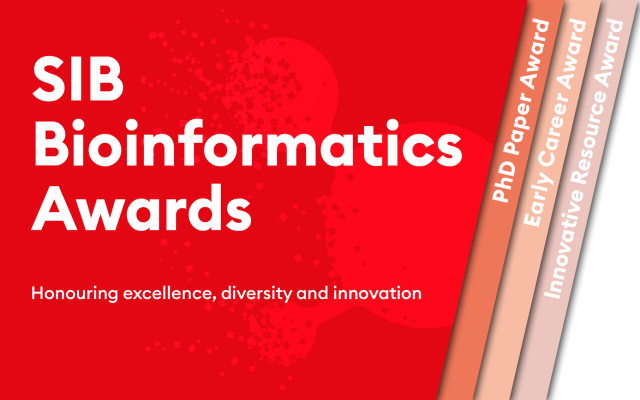


![Ilan Gold presenting at the [BC]2 Basel Computational Biology Conference](/sites/default/files/styles/card_image/public/2025-10/ilan-gold-banner.jpg?h=602a36b5&itok=YvC9BUMP)
![David Meyer presenting at the [BC]2 Basel Computational Biology Conference](/sites/default/files/styles/card_image/public/2025-10/david-meyer-banner.jpg?h=602a36b5&itok=JRGMwIRV)
![Michael Skinnider presenting at the [BC]2 Basel Computational Biology Conference](/sites/default/files/styles/card_image/public/2025-10/michael-skinnider-banner.jpg?h=602a36b5&itok=tmJobPUi)

